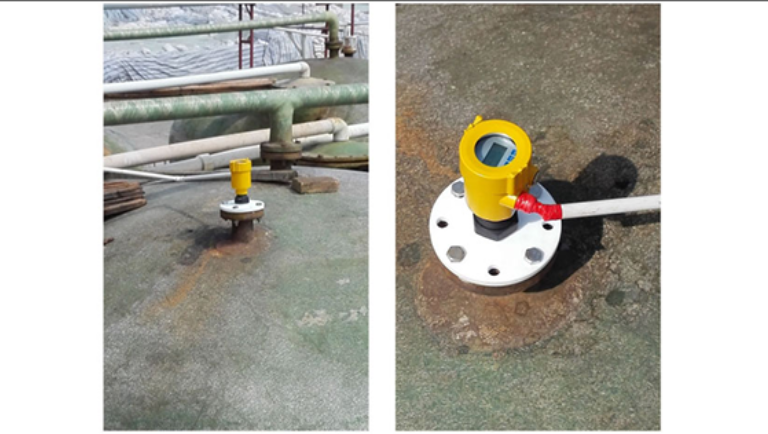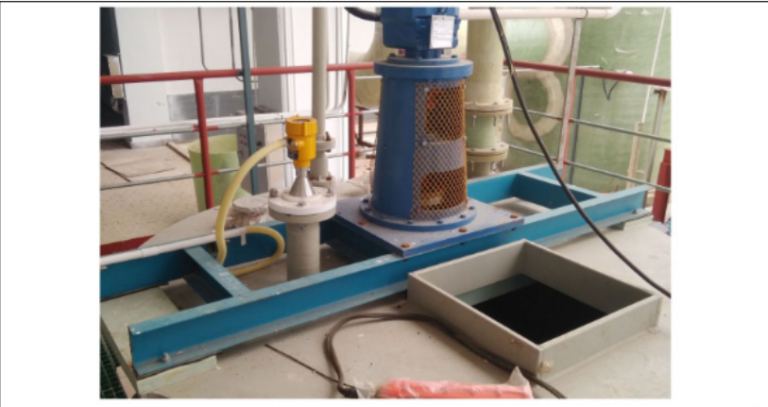Corrosive media, the chemical industry is the most common, and even in everyday life is also more common. For example, sulfuric acid, nitric acid, hydrochloric acid, and so on. For this type of media, radar level meter selection should consider which?

Generally speaking, most corrosive media dielectric constant is relatively high, the choice of radar level meter can consider high-frequency radar level meter. Compared with guided wave radar level meters, high frequency, and high measurement accuracy, the rare non-contact measurement method can meet most working conditions, except for low dielectric constant liquid level measurement, a high-frequency radar level meter is not applicable.
Most corrosive media have high dielectric constants in addition to varying degrees of volatilization. Volatilization tends to produce water vapor in high-temperature environments; condensation may occur in low-temperature conditions. For occasions where condensation is generated severely, it is recommended that a rod-type radar level meter be selected. There is experimental evidence that the rod antenna is significantly less sensitive to condensation than other types of antenna radar level meters. For the measurement of corrosive media in high-temperature environments, radar level meters with antennas made of PTFE, and polytetrafluoroethylene, which is heat resistant and can be used for long periods at 260°C, are recommended.

The so-called corrosive media, that is, the most significant characteristic of the medium is corrosive. Therefore, even without considering the high-temperature environment, the measurement of such substances is preferred to the radar level meter made of PTFE antenna, after all, the most significant characteristic of PTFE is the resistance to acids and bases and organic solvents. Another point to note, is if the corrosive medium is nitric acid, do not choose an ultrasonic level meter, ultrasonic can be easily absorbed by the volatile gas of nitric acid.
Finally, corrosive media have a certain degree of permeability, when installed, try to choose an integrated flange gasket, which can prevent the flange from being corroded by volatile gases.
High-frequency radar level meters are virtually unaffected by corrosion, slight foam, water vapor, and temperature and pressure. So corrosive level measurement is preferred to a high-frequency radar level meter. As to what kind of antenna to use, what kind of connection, or even what material components, you need to consult the relevant engineers, their years of experience will give you the best advice.
